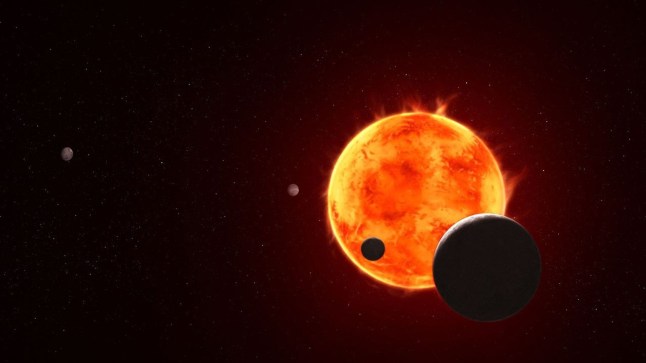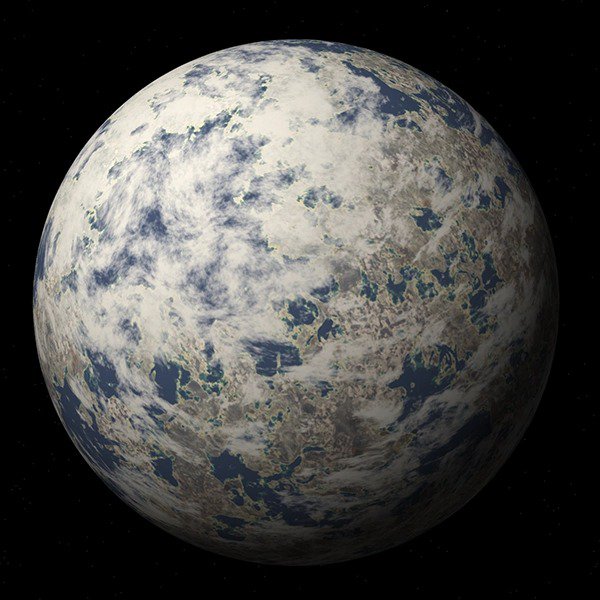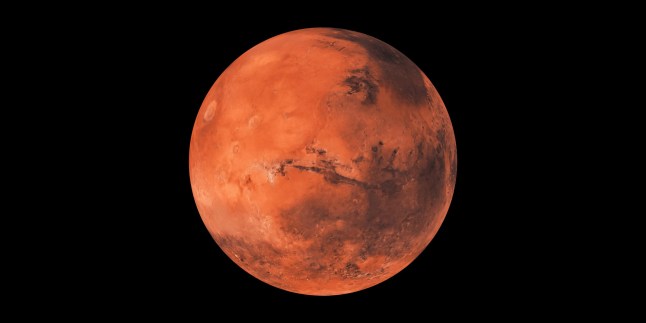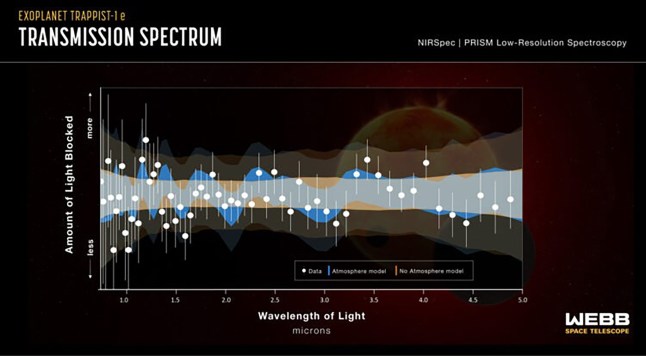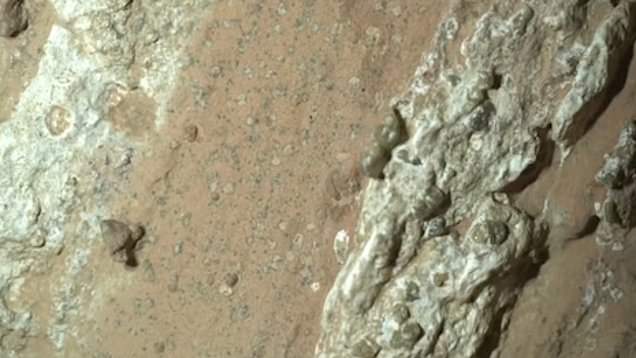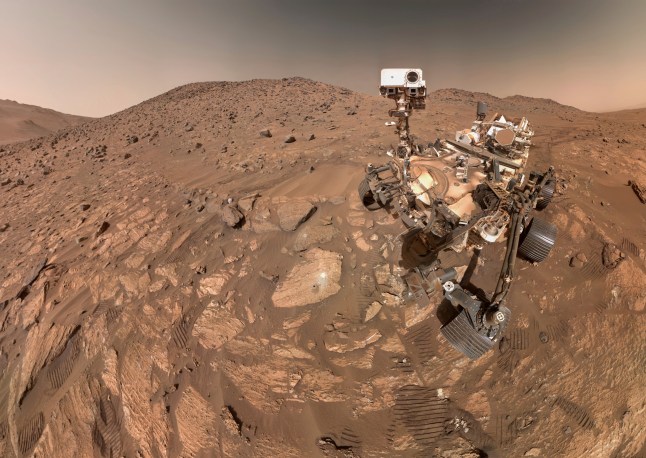To view this video please enable JavaScript, and consider upgrading to a web
browser that
supports HTML5
video
Spotify has announced it will be rolling out CD-quality audio for all Premium users who switch it on.
‘Hallelujah!’ you might say, if you have good enough speakers or WiFi headphones.
Even the company itself admits this has been a long time coming, describing lossless audio as ‘one of the most anticipated features’ – which is another way of saying they first claimed it was coming ‘later this year’ in 2021.
It means that if you’ve stayed loyal to Spotify all that time since music streamers first hit the mainstream, you’ll finally be rewarded, and won’t need to migrate all your playlists.
The feature is rolling out now and next month, and users in the UK, US and Australia are already starting to get access.
It’s still in process though, so don’t worry if you can’t see it yet (we couldn’t).
Although Spotify, which launched in 2008, pioneered music streaming, in later years some users have become frustrated with a lack of good sound quality.
Apple Music, Tidal, Deezer, Amazon Music, and Qobuz all offer lossless audio (actually, Apple has done for four years), so some Spotify users had been questioning if they should jump ship.
The addition of direct messaging in the app last month had even annoyed some as an unwanted distraction when lossless still wasn’t available.
Gustav Gyllenhammar, VP of Subscriptions, said: ‘The wait is finally over; we’re so excited lossless sound is rolling out to Premium subscribers.
‘We’ve taken time to build this feature in a way that prioritizes quality, ease of use, and clarity at every step, so you always know what’s happening under the hood. With Lossless, our premium users will now have an even better listening experience.’

If you have a maestro’s ears and top-of-the-range speakers to stream your AI playlists, you might still be disappointed, however.
Spotify will let users stream ‘almost every’ track in up to 24-bit/44.1 kHz FLAC, which is slightly better than that offered by CDs, but it’s still not as high as Apple Music, Tidal, and Qobuz, which support up to 24-bit / 192 kHz.
How to enable lossless audio on Spotify?
You should get a notification when the new feature is available to you. Make sure you keep the app updated.
- Tap your profile icon in the top left.
- Go to Settings & Privacy → Media Quality.
- Select where you want to enable lossless audio: Wi-Fi, cellular, downloads.
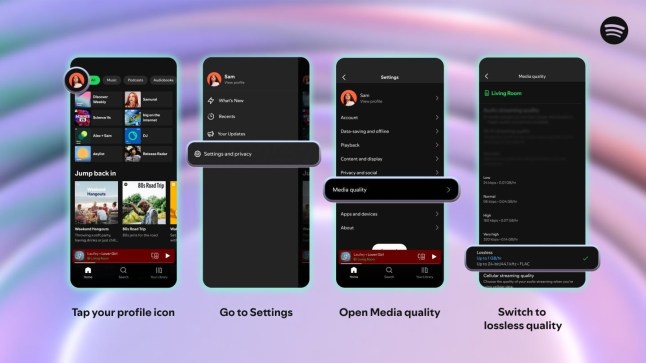
You’ll know it’s on because the Lossless indicator will appear in the Now Playing view or bar.
It’s best to stream on Wi-FI, as Bluetooth does not currently provide enough bandwidth to transmit lossless audio, so the signal has to be compressed.
Lossless should be rolling out to all Premium subscribers, without the need for them to pay extra.
Bear in mind that it will use significantly more data, so if you don’t have an unlimited plan, you may want to be careful with it.
Get in touch with our news team by emailing us at webnews@metro.co.uk.
For more stories like this, check our news page.
